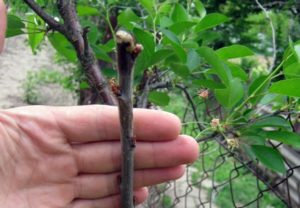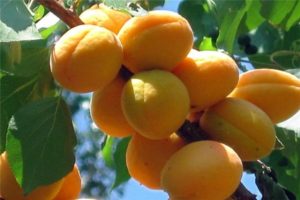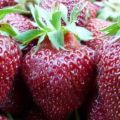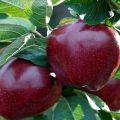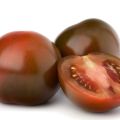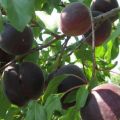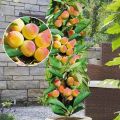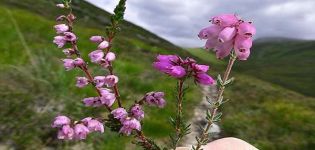Description of the apricot variety Black Prince and its characteristics, taste and agricultural technology
Breeders all over the world work every day to invent new varieties of vegetables, fruits and other food crops. New species also appear among fruit trees. One of them is an unusual dark-colored apricot called the Black Prince. The characteristics and description of this species, as well as the features of cultivation, are further in the material.
Description of the Black Prince variety
Fruit tree - apricot Black Prince - small in size, something between a huge bush and a small tree, this is evidenced by the description of the variety. The bark has a dark green tint. Thorns can often be seen on old branches.
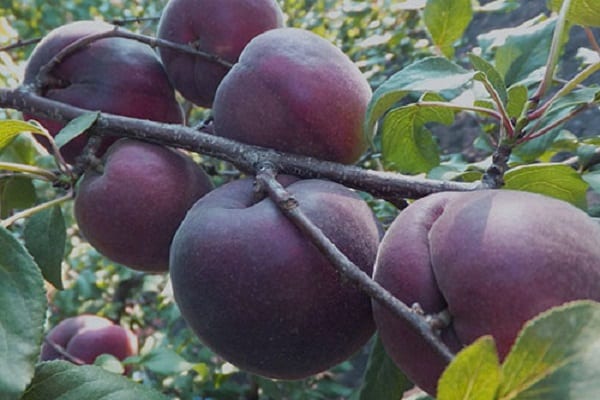
Leaves are formed oval or ovoid. During flowering, the tree is covered with pale pink or white flowers. And already at the beginning of the last month of summer juicy maroon fruits ripen.
Breeders note that the Black Prince hybrid variety has the largest fruits among other crossed species. A fruit with a bright burgundy core, on average, grows from 40 to 80 grams.
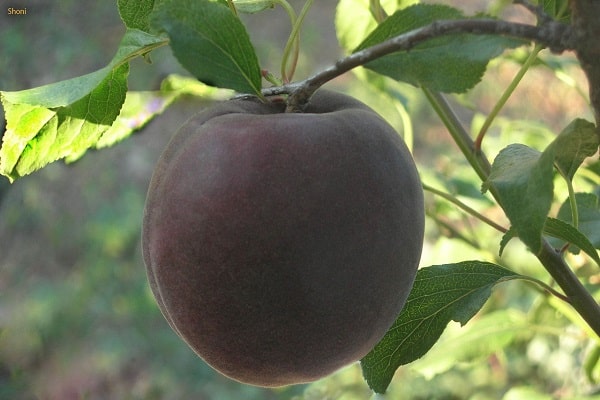
Characteristics of the variety
The flowering of the Black Prince occurs somewhat later than the apricot of the yellow species. This feature of this species allows you not to worry that the tree will die from late frosts. Ripe fruits are poorly stored, as they quickly soften. Therefore, it is extremely difficult to transport this product.
The Black Prince tree is fast-growing, the first crop can be harvested after several years of cultivation. Like the classic apricot varieties, the hybrid also has a fruiting frequency.

Fruit trees of this variety are resistant to diseases such as:
- Moniliosis.
- Cytosporosis.
- Clasterosporium disease.
In addition, the Black Prince can easily survive the winter cold.
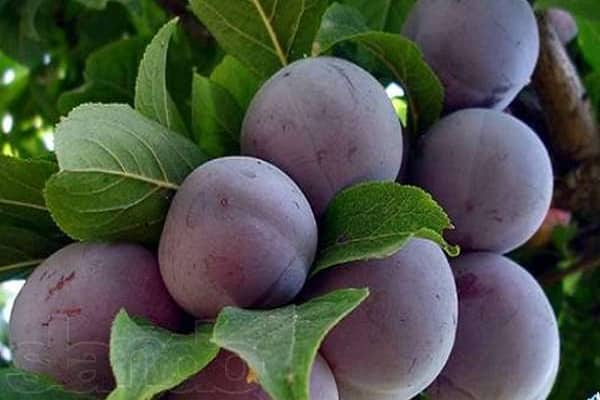
Description of fruits, taste
Those who have tasted different varieties of hybrid fruits note that the Black Prince is the most delicious among dark-colored apricots. Fruits are distinguished by sweet and sour tart taste and aroma characteristic of apricots.
Ripe fruits are used to prepare jam, compotes, juices and other desserts.
The appearance of the fruit attracts with its uniqueness. In the middle, the fruit has a burgundy flesh with orange tints. The small fruit pit is easily separated from the fruit.
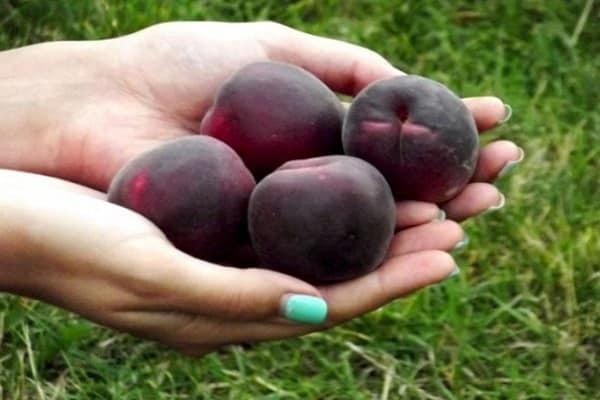
Another advantage of the hybrid fruit tree is the ability to produce large yields. The variety belongs to the self-fertile species, therefore, for pollination in the neighborhood, it is required to plant a classic variety of apricots, plum, cherry plum or blackthorn.
Features of agricultural technology
Gardeners do not consider the Black Prince apricot a capricious variety.Even the one who first decided to grow a fruit tree will be able to cope with this task.
In order to enjoy the pleasant taste of the juicy fruits of black apricot after a while, the gardener must adhere to the basic rules of agricultural technology.

Planting and leaving
The seedling is planted in the ground in the spring, before the buds bloom. Cloudy or light rain is a good time to plant.
Attention! A seedling planted in spring will surely take root.
In a region with a cool climate, autumn planting is contraindicated. In warm areas, it is allowed to plant a hybrid in September, so that the tree can adapt a few months before the cold weather.
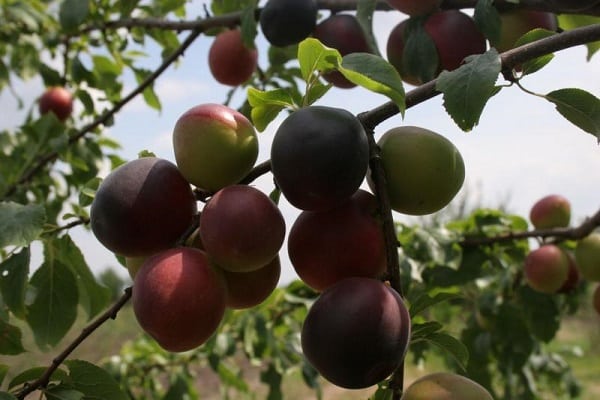
Black apricots grow well in places where there is a lot of sunlight and no strong winds. The fruit tree is not capricious in the choice of land, but does not like excessive moisture.
There are no specific features in caring for a hybrid, unlike other stone fruit species. It is required to water, feed and cut the tree in a timely manner. Young trees during the winter cold season must be wrapped so that small trunks do not freeze. And with the beginning of spring, the trunks of the seedlings are treated with a solution of lime.
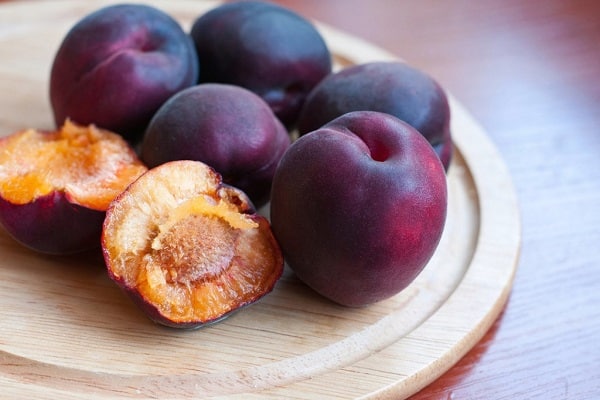
The Black Prince tree needs frequent watering in moderation. During the warm summer months, watering is required less often, since the plant does not tolerate excess moisture. After harvesting, watering is recommended to be significantly reduced so that the shoots can survive the winter.
An important rule when choosing a fertilizer for black apricot is not to use nitrogen fertilizers, and also not to get carried away with an excess of fertilizers. A small amount of mineral dressings, using phosphorus and potassium, will be enough during the period of fruit formation.
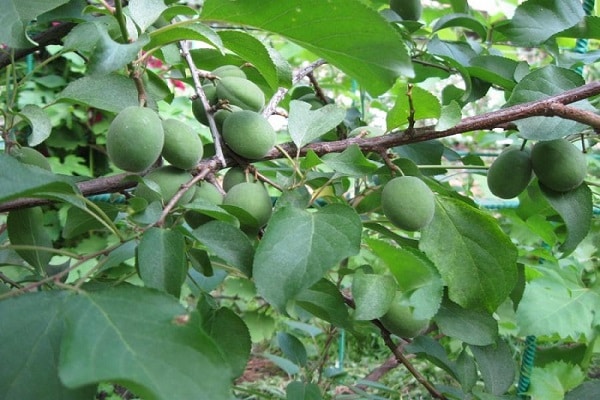
The crown of the tree does not differ in dense branching, so frequent pruning of the fruit is not needed. In the first spring months, before the formation of buds, it is mandatory to prune branches that are frozen in winter or damaged.
In terms of diseases and pests, the Black Prince apricot is one of the most resistant varieties to these troubles. However, preventive measures to prevent diseases will not hurt.

